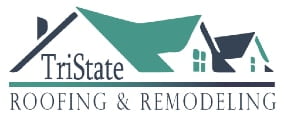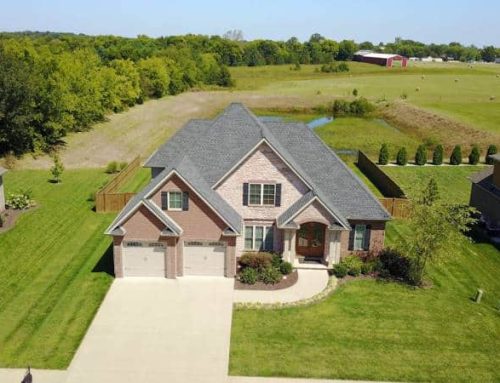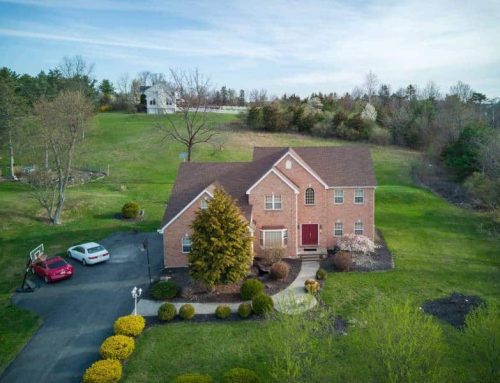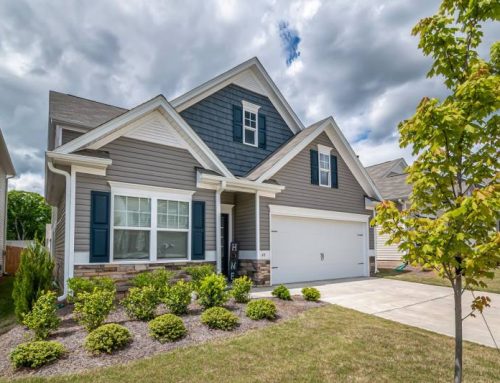As homeowners, we tend to focus on aesthetics and structure while neglecting the intricate details that keep our homes functioning optimally. However, with rising energy costs and increased awareness about sustainability, understanding your roof’s insulation has never been more critical. Proper insulation can make a significant difference in temperature regulation and can be the key to a healthy indoor climate, offering protection against the elements.
Recognizing the importance of roof insulation is essential not just for energy efficiency, but also for the longevity of your home.
Understanding Roof Insulation
Roof insulation serves as a barrier to heat flow, playing a key role in maintaining comfortable indoor temperatures throughout the year. It functions by resisting heat transfer, ensuring that warm air stays inside during the winter, and keeping it out in the summer. To put it simply, insulation helps to keep your home cozy in cold weather and refreshingly cool during warm months.
Comfort & Temperature Regulation
A well-insulated roof can significantly enhance the overall comfort of your living space. During winter, effective insulation minimizes heat loss by trapping warm air, which can lead to lower heating costs as your heating system works less to maintain a consistent temperature. In contrast, during the summer months, insulation reflects excessive heat away from your home, reducing the burden on air conditioning units and contributing to a pleasant indoor climate.
Energy Efficiency and Cost Savings
One of the most compelling reasons to invest in roof insulation is its impact on energy efficiency. Insulation helps ensure that your heating and cooling systems operate at peak efficiency. Homes with inadequate insulation tend to experience significant energy loss, leading to high utility bills. By preventing this heat transfer, insulation not only reduces your energy consumption but can also extend the lifespan of your HVAC system.
Moreover, many homeowners find that improved insulation pays for itself over time through energy savings. According to the U.S. Department of Energy, proper insulation can save homeowners anywhere from 10 to 50 percent on their energy bills annually, making it a wise and financially sound decision.
Protection Against Moisture and Condensation
In addition to its thermal properties, roof insulation plays a crucial role in protecting your home from moisture issues. When warm air rises and meets cold surfaces within the roof assembly, particularly during colder months, condensation can form. This moisture can accumulate over time, leading to a host of including mold growth, wood rot, and damage to insulation materials themselves.
By effectively separating the warm air from the cold surfaces, proper insulation helps to minimize the risk of condensation. Additionally, insulation materials are often designed to be moisture-resistant, providing further protection against dampness. This is crucial not only for the longevity of your roof but also for the overall health and safety of your living environment, as mold and mildew can pose serious health risks.
Signs Your Insulation Needs to be Replaced
- Increased Energy Bills: If you notice a sudden spike in your heating or cooling costs, it may indicate that your insulation is failing to perform its primary function of maintaining temperature. Inadequate insulation can lead to significant energy loss, making your HVAC system work overtime.
- Inconsistent Temperatures: Do certain rooms feel significantly warmer or cooler than others? Inconsistent temperatures can be a clear sign that your insulation is compromised. Poorly insulated areas allow heat to escape or enter more easily, leading to uneven heating or cooling.
- Dampness or Water Stains: If you see signs of dampness or water stains on your ceiling or walls, it could indicate moisture intrusion due to inefficient insulation. This is particularly problematic as it can lead to mold growth, which poses health risks to occupants and can damage the structure of your home.
- Pests and Rodents: Wildlife has been known to find their way into attics and roofs, often seeking shelter and warmth. If you have noticed signs of pests—such as droppings, gnaw marks, or nests—this could indicate a breach in your insulation that not only allows these animals in but also reduces the efficiency of your energy envelope. In addition to the immediate nuisance, pest infestations can lead to further insulation degradation and costly repairs.
- Drafts and Air Leaks: A common indicator of failing insulation is the presence of drafts within your home. If you can feel cold air seeping in around windows, doors, or your roofline, this suggests that your insulation isn’t performing adequately. Air leaks not only compromise your comfort but also force your HVAC system to work harder, thereby increasing energy consumption.
- Age of Insulation: Insulation does have a lifespan, and its effectiveness can diminish over time. If your home has older insulation—typically over 15-20 years—it may be time for an upgrade or complete replacement. The construction and materials of home insulation have significantly advanced, meaning newer options
Need a Roof Inspection?
When you partner with Tristate Roofing & Remodeling, we will walk you through the process of keeping your roof in its best shape. Contact us today to get started!






